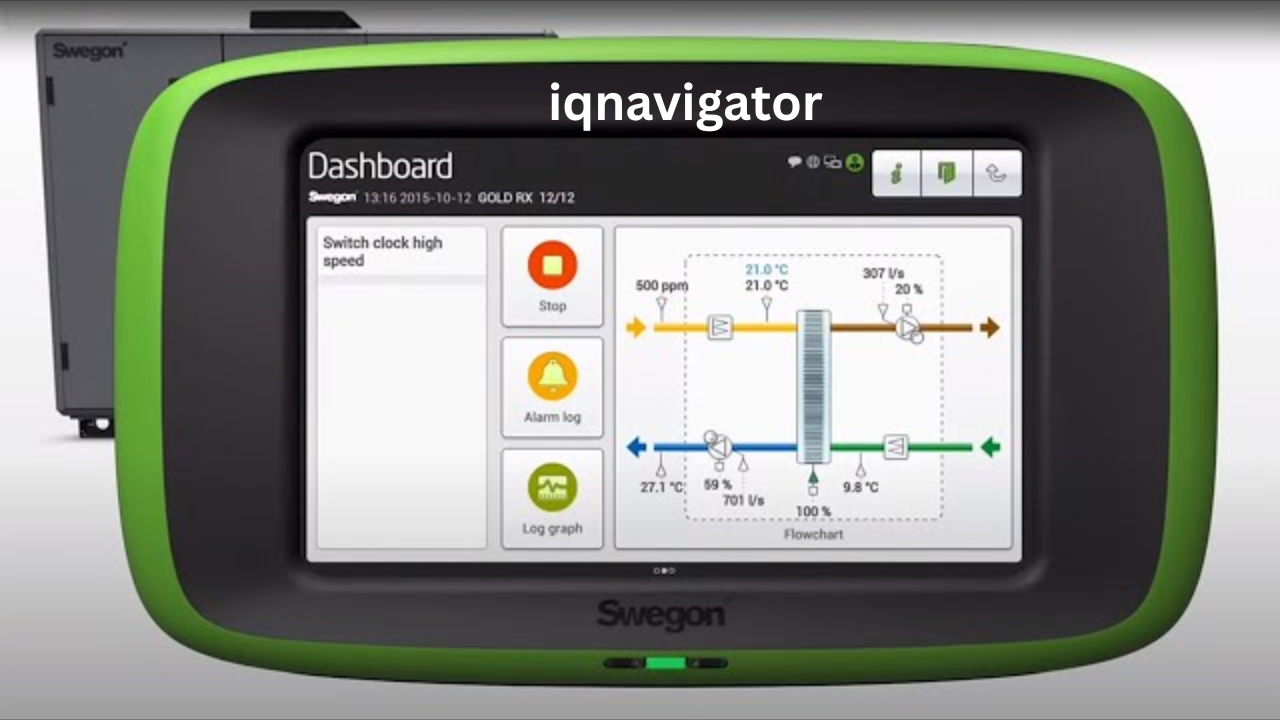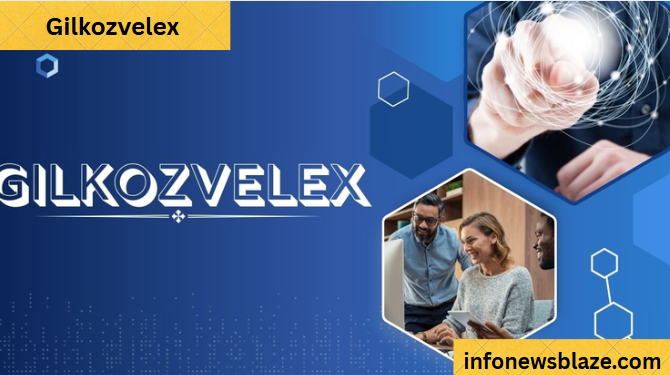Introduction
In today’s iqnavigator dynamic labor market, the contingent workforce has emerged as a powerful solution for organizations seeking agility, cost-efficiency, and specialized skills on demand. Managing this workforce, however, comes with its own complexities—ranging from vendor coordination to compliance, invoicing, and performance tracking. Enter IQNavigator, a robust Vendor Management System (VMS) designed to streamline contingent labor management through automation, analytics, and centralized control.
Originally developed to help enterprises oversee external workforce activities, IQNavigator has grown into a powerful solution used by global companies across a variety of sectors. Its comprehensive suite of features allows organizations to manage temporary staffing, independent contractors, and service providers efficiently, all while maintaining compliance and optimizing spend.
This guide delves deep into what makes IQNavigator a go-to platform for businesses striving to master contingent workforce management. From its foundational features to implementation strategies and real-world applications, we’ll uncover how IQNavigator supports smarter, more strategic workforce decisions. Whether you’re an HR leader, a procurement specialist, or a C-suite executive, understanding IQNavigator is key to unlocking workforce potential and organizational growth.
What is IQNavigator?
The Origins and Evolution
IQNavigator began as a niche software company specializing in contingent labor and service procurement. It quickly rose to prominence as businesses increasingly relied on freelance and contract labor. Over the years, the platform evolved to include robust functionality that addressed vendor lifecycle management, cost optimization, and compliance assurance.
In 2017, IQNavigator merged with Beeline, another VMS market leader, forming one of the most powerful vendor management platforms available today. This union amplified IQNavigator’s capabilities, combining Beeline’s talent intelligence with IQNavigator’s operational strengths. Together, they now serve hundreds of enterprise clients and manage billions of dollars in workforce spend annually.
Core Purpose and Functionality
At its core, IQNavigator acts as a centralized platform for managing every aspect of the contingent workforce lifecycle. This includes everything from vendor sourcing and onboarding to time tracking, invoicing, and performance reviews. By automating traditionally manual tasks, the system not only saves time but significantly reduces administrative errors and compliance risks.
Organizations use IQNavigator to gain visibility into their non-employee workforce, ensuring they can make informed decisions backed by data. Whether it’s forecasting costs, managing supplier relationships, or ensuring compliance with labor laws, IQNavigator enables enterprises to optimize both operations and strategy.
Differentiators from Other VMS Platforms
What sets IQNavigator apart from other VMS solutions is its strong focus on configurability and user experience. Unlike rigid, one-size-fits-all systems, IQNavigator offers customizable workflows and dashboards that can be tailored to specific organizational needs. This makes it an ideal solution for enterprises with complex or evolving workforce structures.
Moreover, its advanced analytics and AI-driven recommendations give users a strategic edge, helping identify the best vendors, reduce cycle times, and improve workforce quality. The platform also integrates seamlessly with other enterprise systems, including ERP, HRIS, and payroll software, ensuring a smooth flow of data across departments.
Key Features and Capabilities of IQNavigator
Vendor and Talent Management
IQNavigator provides end-to-end vendor and talent management tools, allowing organizations to maintain a high-performing supply chain of contingent labor providers. From sourcing and qualification to ongoing evaluations, IQNavigator ensures vendors are aligned with business goals. Supplier scorecards and performance analytics highlight top performers while identifying underperforming partners.
For talent acquisition, the platform supports detailed job requisition processes, candidate tracking, and rate benchmarking, ensuring that quality professionals are hired at competitive rates. It also facilitates onboarding and offboarding, automating tasks such as background checks, document submission, and asset retrieval.
Workforce Visibility and Analytics
One of IQNavigator’s standout features is its ability to provide real-time workforce visibility through dynamic dashboards and custom reports. Organizations can track everything from headcount and contractor tenure to bill rates and project status in one centralized interface. This visibility empowers decision-makers to respond quickly to changing business needs.
Advanced analytics tools further support strategic decision-making by identifying trends, forecasting costs, and highlighting potential risks. These insights help companies stay ahead of budget overruns, ensure workforce quality, and fine-tune vendor strategies to maximize return on investment.
Compliance and Risk Management
Compliance is a critical concern in contingent workforce management. IQNavigator helps organizations meet legal, tax, and operational standards by enforcing policy adherence throughout the vendor and worker lifecycle. The platform automates document tracking, ensuring that contracts, NDAs, and compliance checklists are always up to date.
Risk alerts notify users of potential issues such as expiring visas, missing certifications, or audit gaps. These built-in safeguards reduce the likelihood of penalties, lawsuits, or reputational harm. In heavily regulated industries like healthcare and finance, IQNavigator’s compliance features are indispensable.
Integrations and Customization
A key strength of IQNavigator is its flexibility. The system offers out-of-the-box integrations with leading enterprise applications such as SAP, Oracle, Workday, and ADP. This connectivity ensures that data flows seamlessly across finance, HR, and operations, eliminating data silos and manual entry errors.
Customization options are also extensive, with configurable workflows, approval hierarchies, and branding options. Whether an organization needs multi-currency support or region-specific compliance modules, IQNavigator adapts to fit those needs with minimal friction.
Implementing IQNavigator in Your Organization
Planning for VMS Adoption
Implementing IQNavigator starts with a comprehensive readiness assessment. This involves identifying pain points in current processes, aligning internal stakeholders, and establishing clear objectives for the platform. Buy-in from executive leadership, HR, procurement, and IT teams is critical to the success of the project.
The planning phase should also include a cost-benefit analysis, timeline estimation, and resource allocation. Organizations must evaluate their current systems, vendor ecosystem, and workforce data to ensure a smooth transition into the new VMS environment.
Step-by-Step Implementation Process
The implementation of IQNavigator typically follows a structured approach: discovery, configuration, testing, training, and go-live. During the discovery phase, consultants work closely with the business to map out workflows, user roles, and integration needs. The configuration phase tailors the platform to meet those specifications.
Testing is a critical step that involves validating the functionality of all system components before launch. Once testing is complete, a phased training program ensures that users across departments can use the platform effectively. A soft launch or pilot run is often used to gather feedback before full deployment.
Common Challenges and Best Practices
Despite its benefits, VMS implementation comes with challenges such as change resistance, data migration issues, and vendor onboarding hurdles. To overcome these, businesses should develop a detailed change management plan, provide ample training, and maintain open communication throughout the process.
Best practices include involving users early in the planning phase, continuously monitoring performance post-launch, and leveraging vendor support for troubleshooting. IQNavigator also provides onboarding assistance and dedicated account managers to facilitate smoother transitions.
IQNavigator Use Cases and Industry Applications
Success Stories from Major Enterprises
Global organizations have leveraged IQNavigator to significantly improve their contingent workforce programs. For example, a Fortune 500 tech company reduced its contingent labor costs by 20% within the first year of implementation through better vendor selection and rate standardization. Another multinational achieved compliance excellence across multiple countries using IQNavigator’s automated tracking and audit tools.
These case studies underscore the platform’s impact in enhancing visibility, reducing risk, and delivering measurable ROI.
Industry-Specific Solutions
IQNavigator serves a wide range of industries, each with unique workforce needs. In IT and technology, the platform supports rapid onboarding of skilled contractors and agile project staffing. Healthcare providers benefit from compliance tracking and credential management, ensuring patient safety and regulatory adherence.
In finance and consulting, IQNavigator facilitates the management of high-volume service contracts and ensures consistent service delivery across global teams. The platform’s flexibility makes it a fit for both high-volume staffing needs and specialized professional services.
Future Trends and Enhancements
Looking ahead, IQNavigator is poised to incorporate even more AI-driven features, such as predictive analytics for workforce planning and automated compliance auditing. Integration with gig economy platforms and mobile-first functionality are also on the horizon, reflecting the shift toward more flexible and remote work environments.
As workforce strategies become increasingly digital, IQNavigator is evolving to help businesses stay competitive and agile in a fast-changing landscape.
Conclusion
IQNavigator is more than just a software solution—it’s a strategic asset for organizations managing a growing and diverse contingent workforce. Its robust features, configurable workflows, and powerful analytics make it an indispensable tool for optimizing labor spend, ensuring compliance, and enhancing vendor relationships.
As the nature of work continues to evolve, tools like IQNavigator will play a central role in helping companies remain adaptable, efficient, and forward-thinking. Whether you’re just starting your VMS journey or seeking to improve your current processes, IQNavigator offers a proven path to workforce mastery.
FAQs
Q1. What is the difference between IQNavigator and Beeline?
IQNavigator and Beeline merged in 2017 to create a unified VMS solution. While both originated independently, the combined platform now leverages the strengths of each, offering greater functionality and broader enterprise support.
Q2. How long does it take to implement IQNavigator?
Typical implementations range from 8 to 16 weeks, depending on organizational complexity, integration needs, and resource availability.
Q3. Is IQNavigator suitable for small to mid-size businesses?
Yes, while traditionally used by large enterprises, IQNavigator offers scalable solutions that can be tailored to smaller organizations.
Q4. Can IQNavigator be integrated with existing HR or ERP systems?
Absolutely. IQNavigator supports integrations with platforms like SAP, Workday, Oracle, and more for seamless data exchange.
Q5. What kind of support and training does IQNavigator offer?
IQNavigator provides onboarding assistance, user training programs, documentation, and dedicated account managers for ongoing support.
You May Also Read: https://infonewsblaze.com/christian-charles-sampras/










